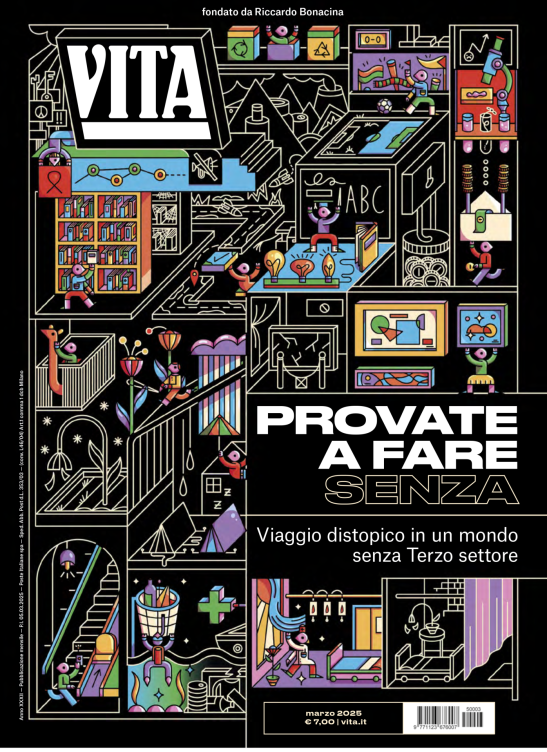Non profit
The Baltic Way
A 600 Km long human chain linking three states in their drive for freedom was created on 23rd August 1989
di Staff
On 23rd August 1939 foreign ministers of the USSR and Germany – Vyacheslav Molotov and Joachim von Ribbentrop, as ordered by their superiors Stalin and Hitler, signed a treaty which affected the fate of Europe and the entire world. This pact, and the secret clauses it contained, divided the spheres of influence of the USSR and Germany and led to World War II, and to the occupation of the three Baltic States – Estonia, Latvia and Lithuania.
50 years later, on 23 August 1989, the three nations living by the Baltic Sea surprised the world by taking hold of each other’s hands and jointly demanding recognition of the secret clauses in the Molotov-Ribbentrop pact and the re-establishment of the independence of the Baltic States. More than a million people joined hands to create a 600 km long human chain from the foot of Toompea in Tallinn to the foot of the Gediminas Tower in Vilnius, crossing Riga and the River Daugava on its way, creating a synergy in the drive for freedom that united the three countries. The Baltic Way was organised by the national movements of each of the Baltic States: the Popular Front of Estonia Rahvarinne, the Popular Front of Latvia and the Lithuanian Reform Movement Sajudis.
The Baltic Way brought important changes to the history of the world. This was achieved through social unity and through the joint commitment and confidence manifested by every individual in pursuing the common goal. This impressive act of non-violent protest and solidarity whilst keeping sovereignty was a living example of the culture of peace, opening up access to information and leading to the acknowledgement of the secret treaty and its hideous consequences for the whole world. It increased the opportunity for the national self-determination of Estonia, Latvia and Lithuania and encouraged democratic movements throughout the Soviet Union. The three Baltic States succeeded in gaining their freedom in a peaceful way, creating a precedent that was, and hopefully will be, followed by a number of countries all over- the triumph of humanity over totalitarianism.
The Baltic Way was a phenomenon which showed how three small countries – the Baltic States, regardless of their unique individual national characteristics, created a cross-cultural spiritual synergy both internally and between the Baltic States in the name of a common goal – to overcome the consequences of World War II and to destroy the totalitarian regimes. The Baltic Way is a historic symbol that is alive in the collective memory, enriching the understanding of the sense and values of solidarity and freedom of expression.
Source:
Si può usare la Carta docente per abbonarsi a VITA?
Certo che sì! Basta emettere un buono sulla piattaforma del ministero del valore dell’abbonamento che si intende acquistare (1 anno carta + digital a 80€ o 1 anno digital a 60€) e inviarci il codice del buono a abbonamenti@vita.it
